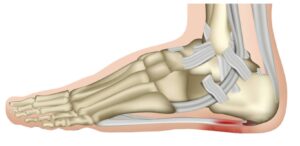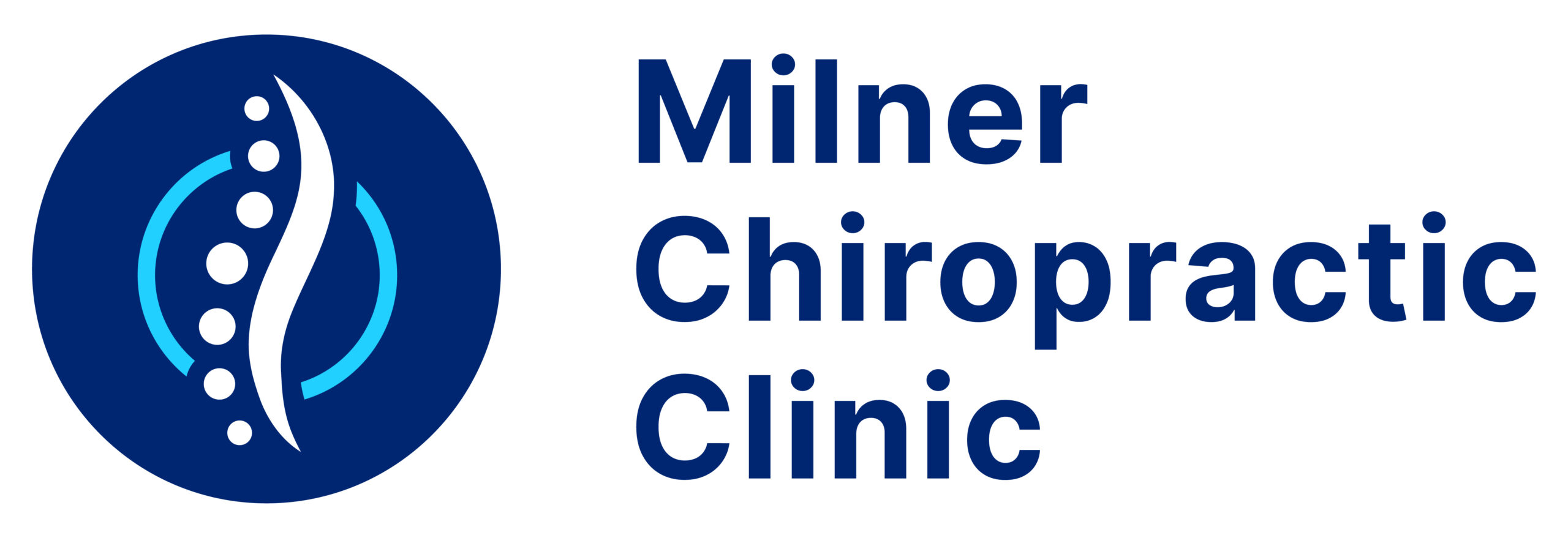Plantar Fasciitis: Causes, Symptoms, and Treatment Options for Heel Pain
Plantar fasciitis is one of the most common causes of heel pain and can affect anyone, from athletes to people with desk jobs. If you’ve ever experienced a sharp, stabbing pain in your heel, especially with your first steps in the morning, you might be suffering from plantar fasciitis. In this blog post, we’ll take a closer look at the anatomy of the foot, the causes of plantar fasciitis, its symptoms, and the best treatments to relieve pain and prevent future flare-ups.
What is Plantar Fasciitis?
Plantar fasciitis refers to the inflammation of the plantar fascia, a thick band of tissue that runs along the bottom of your foot, connecting your heel to your toes. The plantar fascia supports the arch of your foot and absorbs shock when you walk, run, or stand. However, when this tissue becomes overstretched or overused, it can develop small tears, leading to pain and inflammation.
Anatomy of the Plantar Fascia
Understanding the anatomy of the plantar fascia is key to understanding plantar fasciitis. The plantar fascia is a fibrous band of tissue that starts at the heel bone (calcaneus) and stretches toward the toes. This structure supports the arch of the foot, providing stability and cushioning. When the plantar fascia experiences repetitive stress or strain, such as from prolonged standing or intense physical activity, the tissue can become inflamed and painful.

Causes of Plantar Fasciitis
There are several causes, often resulting from a combination of factors. Some of the most common causes include:
1. Overuse or Repetitive Stress
- Athletes or individuals who engage in high-impact activities, like running or jumping, are more susceptible to due to repetitive stress on the feet.
- Jobs that involve prolonged standing or walking on hard surfaces, such as healthcare workers or retail employees, can also increase the risk.
2. Foot Structure Issues
- People with flat feet, high arches, or abnormal gaits (how you walk) often experience more strain on the plantar fascia. These foot structures can lead to excessive pronation (foot rolling inward) or lack of support, increasing the likelihood of plantar fasciitis.
3. Age and Gender
- Plantar fasciitis is more common in adults between 40 and 60 years old, though it can occur at any age. It’s also more common in women due to footwear choices, such as high heels.
4. Obesity and Weight Gain
- Extra weight puts additional pressure on your feet, especially the heels, leading to increased strain on the plantar fascia.
5. Tight Calf Muscles
- Tightness in the calf muscles and Achilles tendon can restrict foot movement and contribute to increased stress on the plantar fascia, increasing the risk of inflammation and pain.
6. Improper Footwear
- Wearing shoes with inadequate arch support or cushioning can contribute to the development. Avoid wearing unsupportive shoes like flip-flops or high heels for extended periods.
Symptoms of Plantar Fasciitis
The most common symptom of plantar fasciitis is a sharp pain at the bottom of the heel, especially when you take your first steps in the morning or after a long period of sitting. Other symptoms may include:
- Stabbing pain at the bottom of the heel or arch.
- Pain that worsens after prolonged activity, standing, or walking.
- Tenderness or swelling on the bottom of the foot, particularly near the heel.
- Pain that improves after walking or stretching the foot but returns after periods of rest.
Diagnosing Plantar Fasciitis
A healthcare provider can diagnose heal pain through a physical examination and an assessment of your symptoms. They will check for pain when pressing on the bottom of your heel and may evaluate the range of motion in your ankle. In some cases, X-rays may be taken to rule out other causes of heel pain, like fractures or heel spurs. However, plantar fasciitis is primarily diagnosed based on your symptoms and physical exam.


